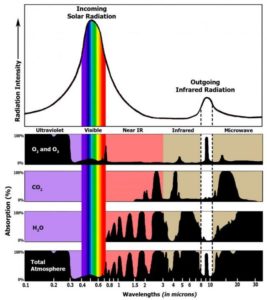by Michel Gay, 3 mai 2019 in Contrepoints
C’est le gaz, bien plus que les énergies renouvelables, qui répond à la hausse de la consommation mondiale d’énergie. Cette dernière a augmenté de 2,3 % en 2018 selon un rapport de l’Agence internationale de l’énergie (AIE) publié mardi 26 mars 2019 qui souligne « une performance exceptionnelle »…
Le marché du gaz naturel, auparavant limité par les possibilités des gazoducs, se mondialise rapidement avec des bateaux transportant du gaz naturel liquéfié (GNL) à travers le monde.
L ’ÂGE D’OR DU GAZ NATUREL (INCLUANT LE GAZ DE SCHISTE)
L’Association allemande des industries de l’énergie et de l’eau (BDEW) a mis en garde sur l’écart en Allemagne entre la capacité de production classique (pilotable) d’électricité (nucléaire, charbon et gaz) et la demande d’ici 2023. Elle a exhorté les décideurs politiques à aider les investisseurs en récompensant les nouvelles capacités pilotables de production d’électricité, notamment le gaz.
…




